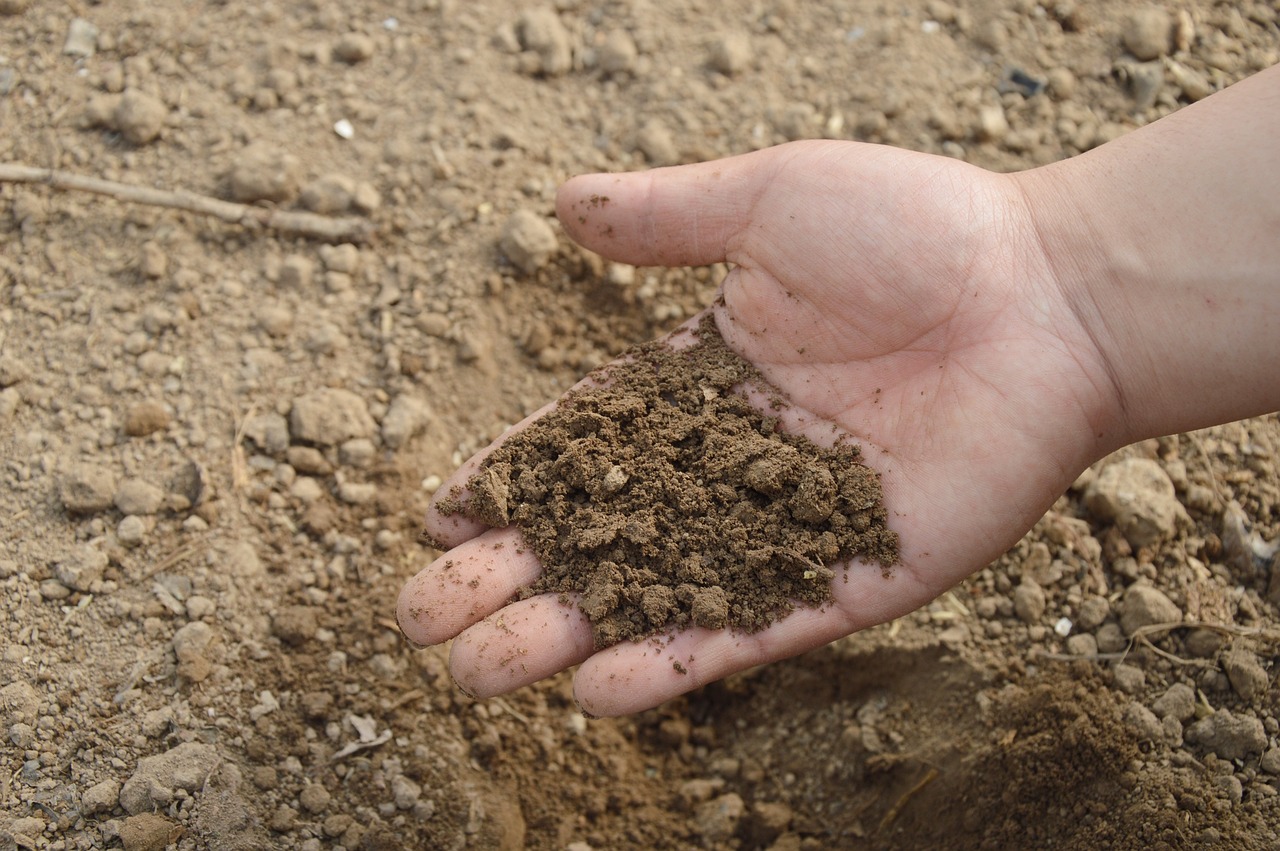Circular soil handling
Natural soils have important ecosystem functions, including filtering and storage of rainwater, moderation of temperatures, CO2-storage, and hosting of plants and organisms. The environmental and economic impact of excavated soil is massive, as the amounts of soil excavated for construction often surpass the amounts of CDW. However, early soil management and geotechnical investigations can reduce the amount of soil that has to be excavated. Furthermore, if excavated and treated correctly, soil may be used for a wide range of purposes of considerable value. Circular soil handling can replace other raw materials and substantially reduce cost and CO2-emissions compared to transporting truckloads of soil.
This Replication Package enables the identification of possible actions for circular soil handling at different stages of the construction process. It contains a roadmap that supports the implementation of sustainable soil management in the municipality or in a specific construction project; an instrument for predicting future excavated soil production in the municipality within the next 12 years; and a methodology for on-site soil reuse covering both guidelines for sustainable on-site soil management, as well as assessment of reuse potential of the excavated soil. The Replication Package also describes the use of the soil instruments in demonstration actions in Roskilde, Høje-Taastrup and Bodø.
Lessons Learnt
- The tendering of construction projects should include soil balance on-site: It is often possible to dig up less soil and to use the excess soil on-site for multiple purposes, benefitting biodiversity and cutting CO2-emissions and costs for transporting excavated soil.
- To minimize environmental impact, it is important at an early stage of the project planning to consider how earthwork and construction may be adapted to avoid or reduce disturbing, excavating and relocating soil.
- If generation of excavated excess soil cannot be avoided, on-site soil reuse should be maximized. On-site soil reuse will reduce the environmental impact related to transport and ex-site dumping of soil.
- The municipality should evaluate possibilities for soil balance early in urban planning processes, and if needed designate an available nearby storage place.
- The roadmap for soil handling in municipalities (see the instrument described below) creates an overview for municipal management, decision makers and employees by identifying stakeholders and roles – making it clear to all who is doing what, and making it possible to estimate the workload in meeting the chosen objectives. It makes it easier to pinpoint which departments play the important roles and helps secure knowledge transfer if people leave the project.
- The soil prognosis for urban development areas (see the instrument described below) can calculate the expected amounts of excess soil at an early stage, which makes the developer aware of the issue and makes it possible to start planning for circular soil handling, reducing the amounts being dug up and reusing as much as possible on site.
- Environmental geotechnical analysis at early stages will help the developer decide if soil can replace raw materials, e.g., using on-site soil or gravel as a road base.
- The soil prognosis (see the instrument described below) makes it possible to measure impact of circular soil handling in an urban development area: The actual amounts of soil being excavated and transported can easily be compared to the number in the prognosis, which calculates the expected amounts based on business as usual. A simple calculation will reveal how much soil the developer is able to keep on site. The CO2 calculator (see the instrument described below) will reveal the CO2 emissions saved.
- A great incentive for construction clients for reusing soil are the Danish DGNB criteria, since most points are given for reuse on site, less points are given for keeping soil within a certain distance from the site.
- In one demonstration project in Høje-Taastrup more than 90 % of the otherwise excess soil is being kept on site. The estimated amount of excess soil saved is more than 700.000 tonnes, saving more than 1.000 tonnes of CO2 – and of course a substantial amount of money depending on market prices for transport and soil deposit.

